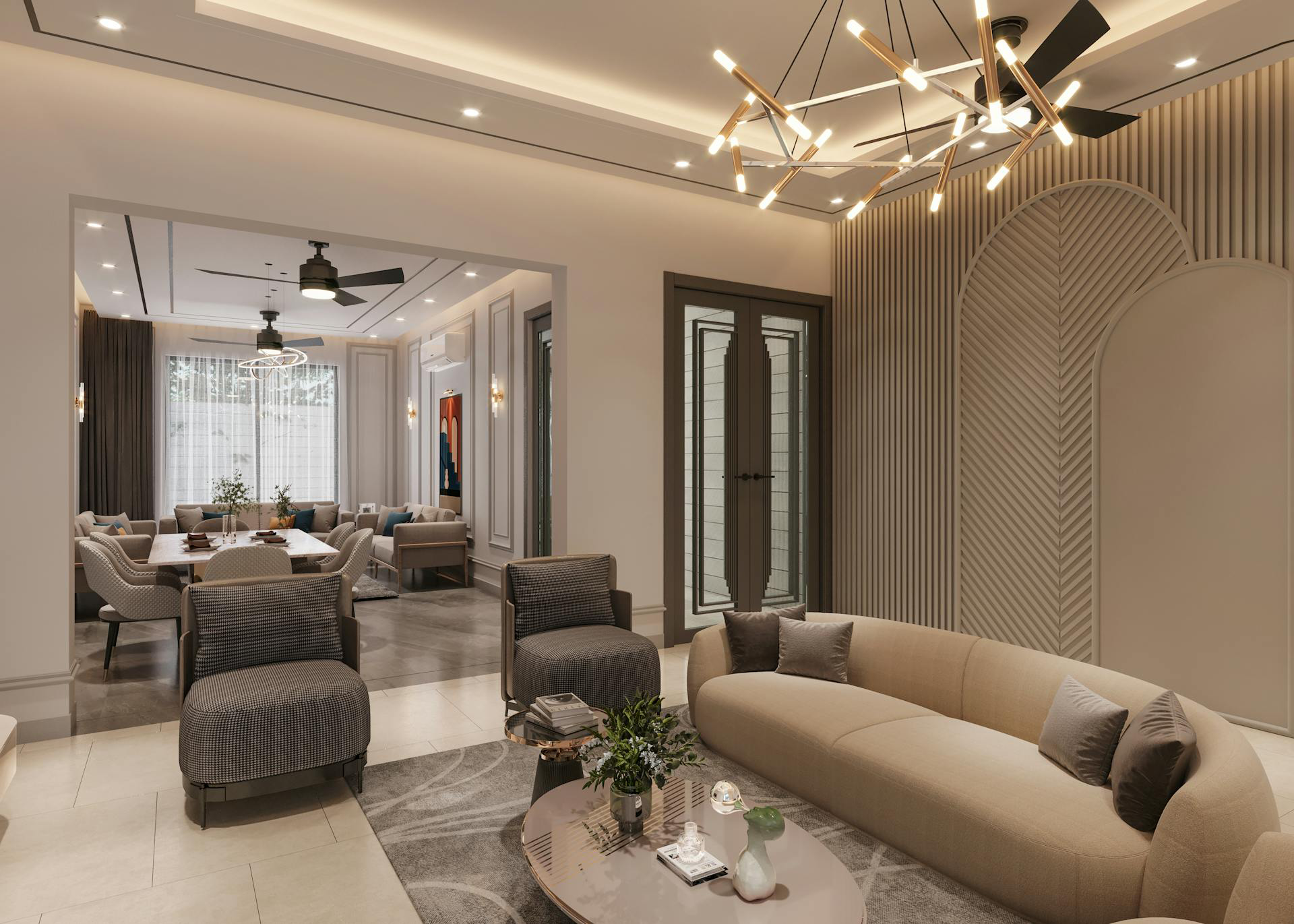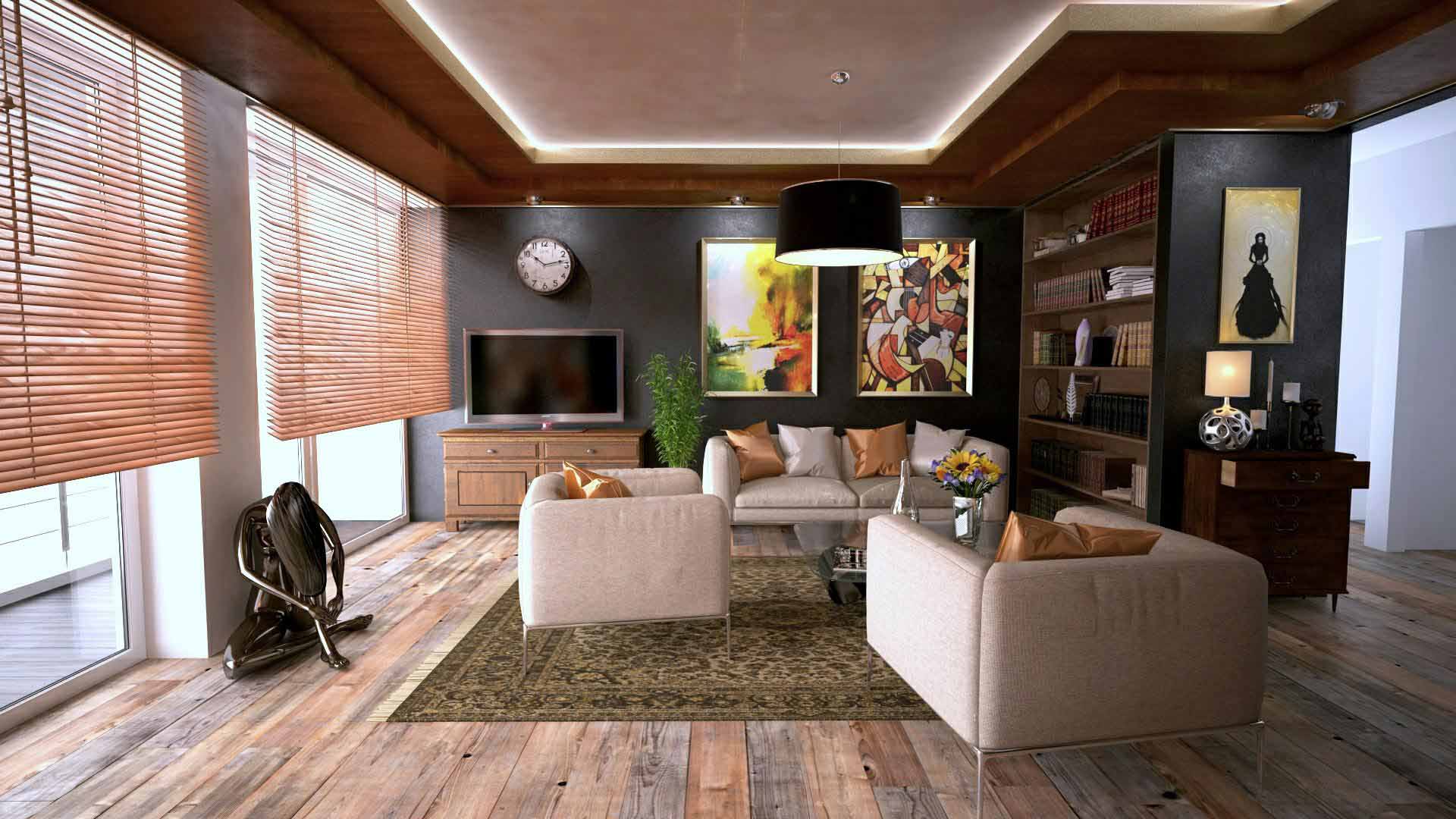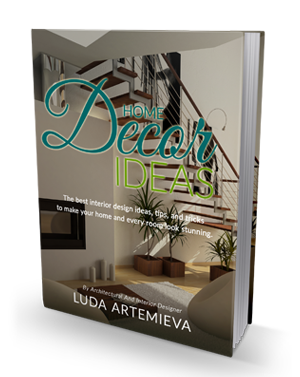In interior design, sight often takes centre stage, but sound plays an equal role in how we experience spaces. Whether it’s the echo in a living room, the ambient hum of an office, or the tranquil quiet of a bedroom, acoustic design profoundly shapes comfort and functionality. Yet it’s often overlooked. This article explores how architects and designers can craft restful, visually pleasing interiors that are also acoustically harmonious.
Why Acoustics Matter in Design
Sound can influence stress, communication, and mood. Poor acoustics, think reverberation, echo, or noise pollution, can tire the mind and reduce comfort. In contrast, well-balanced acoustics create calming, productive, and inviting environments. Addressing noise and resonance isn’t just functional – it elevates aesthetics and occupant experience.
Understanding Acoustic Design Basics
-
Absorption: Soft materials like fabric panels, draperies, carpets, and upholstered furniture soak up sound, reducing echo and reverberation.
-
Diffusion: Textured surfaces, like uneven walls, wooden slats, or decorative carvings—scatter sound, creating a more balanced acoustic field.
-
Isolation: Effective structural separation, such as double walls, insulated partitions, or acoustic underlays, prevents sounds from travelling between spaces.
Trends and Techniques
Integrated Acoustic Panels
Modern panels blend noise control with design flair. Available in rich fabrics, geometric shapes, and custom colours, they’re both functional and decorative.
Textural Wall Treatments
Features like fluted wood panelling or perforated metal screens serve dual purposes: aesthetic detail and sound diffusion – especially useful in open-plan offices or living areas.
Multi Functional Ceiling Solutions
Ceiling installations like acoustic clouds or baffles suspended in patterns not only reduce ambient noise, but also become sculptural focal points in a room.
Nature-Inspired Soft Furnishings
Organic materials – like cork, wool, or recycled textiles, provide texture, warmth, and acoustic dampening without compromising aesthetics.
Practical Applications Across Spaces
-
Home Theatres & Media Rooms: Layered absorption on walls and ceilings delivers crisp sound and immersive experience.
-
Kitchens & Dining Rooms: Rugs, fabric drapes, and even acoustic art absorb clattering echoes from hard surfaces.
-
Open-Plan Living Spaces: Partition screens and textured dividers help define zones while controlling noise.
-
Quiet Zones: Bedrooms or study spaces benefit from carpeted floors, upholstered headboards, and insulated doors to suppress external sound.
Design Tips for Seamless Integration
-
Match aesthetics to function: Choose acoustic materials that align with the design palette, e.g., velvet-covered panels for a luxe look, or cork panels in earthy tones for warm minimalism.
-
Layer acoustic solutions: Combine absorption (e.g., area rug + curtains) with diffusion (e.g., textured wall) for measured sound control.
-
Prioritize hotspots: Focus acoustic treatments where echo or noise is most problematic, ceilings, large windows, or bare walls.
-
Test early: Whenever possible, evaluate the acoustics early in the design process, especially for large or multipurpose rooms.
Making It Sound Right
Acoustic design can elevate an interior from merely attractive to truly immersive. By blending visual beauty with thoughtful sound control, architects and designers create spaces that feel both serene and sophisticated – where sight and sound work in harmony. As our lives become increasingly urban and noise-driven, acoustic aesthetics offer a path to quieter, more balanced interiors without sacrificing style.




